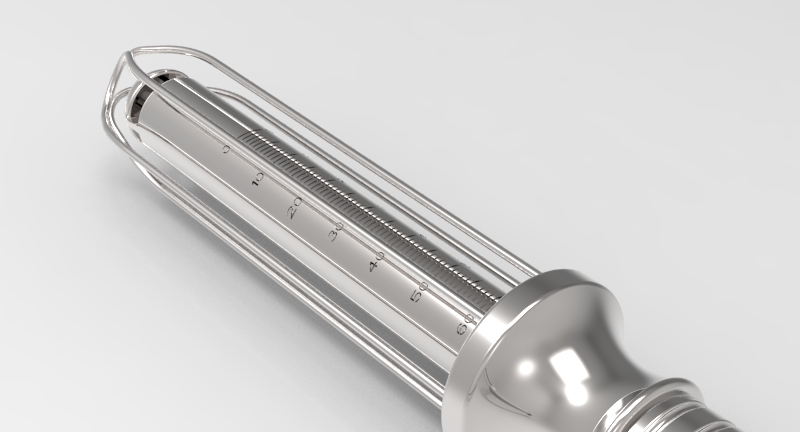How Does It Work?
Laser lipolysis is a minimally invasive procedure that uses heat from fiber-optic lasers at various wavelengths to melt body fat. This is a different process than liposuction, which involves removing fat from the body using vacuum suction. The added benefit of laser lipolysis is that it spurs the production of the protein collagen, making skin more taut.
Clinical results were drawn from the laser lipolysis and liposuction procedures of more than 2,000 patients over a three-year span. Researchers found that patients overall lost significant fat bulk in different parts of the body and saw an increase in skin tightness. Patients didn’t suffer from any major complications, though some complained of minor pain and bruising.
Lipolysis or Liposuction?
Laser lipolysis can be effective on its own for fat removal. However, integrating laser lipolysis with traditional liposuction generally produces the best results for tightening and shrinking skin.
“Many people don’t try [liposuction] because they have heard that the skin often sags after the fat is removed,” said Dr. Abbas Chamsuddin, lead author of the study and an interventional radiologist at the Center for Laser and Interventional Surgery in Atlanta, GA, in a press release. “This is especially true for individuals who want to lose abdominal fat, but also need the skin to retract.”
According to Chamsuddin, it takes two to really target droopy stomachs, backsides, and other notoriously pesky problem areas.
“Combining traditional liposuction with laser lipolysis has now been shown to produce well-sculpted bodies with tight skin,” he said. “We are able to give people things such as a tighter abdomen without the need for surgery.”
Health and Safety Considerations
Many studies have found laser lipolysis to be a safe and effective treatment for targeting small areas of body fat, and because the procedure is done on an outpatient basis, the recovery is generally quick. Arm yourself with the facts, and talk to your doctor to find out whether you would be a good candidatefor liposuction, laser lipolysis, or both.
"Liposuction (both traditional liposuction and laser-assisted liposuction) is generally considered to be a very safe procedure in qualified and experienced hands,” said Dr. Larry Fan, M.D., founder of 77 Plastic Surgery in San Francisco, in an interview with Healthline.
“All procedures, however, have some risks. All surgical procedures have the risk of infection, bleeding, scarring, nerve injury, adverse reaction to anesthesia, and blood clots. Liposuction has additional risks, including contour irregularity, asymmetry, seroma (a pocket of fluid under the skin), skin discoloration, and burn,” he added.
Remember, though liposuction patients are not usually looking to shed major pounds, surgery is no substitute for a balanced diet and regular exercise. Cosmetic surgery can only improve one's appearance so much, and is not always synonymous with a healthier body.
Remember, though liposuction patients are not usually looking to shed major pounds, surgery is no substitute for a balanced diet and regular exercise. Cosmetic surgery can only improve one's appearance so much, and is not always synonymous with a healthier body.
donna@gigaalaser.com






